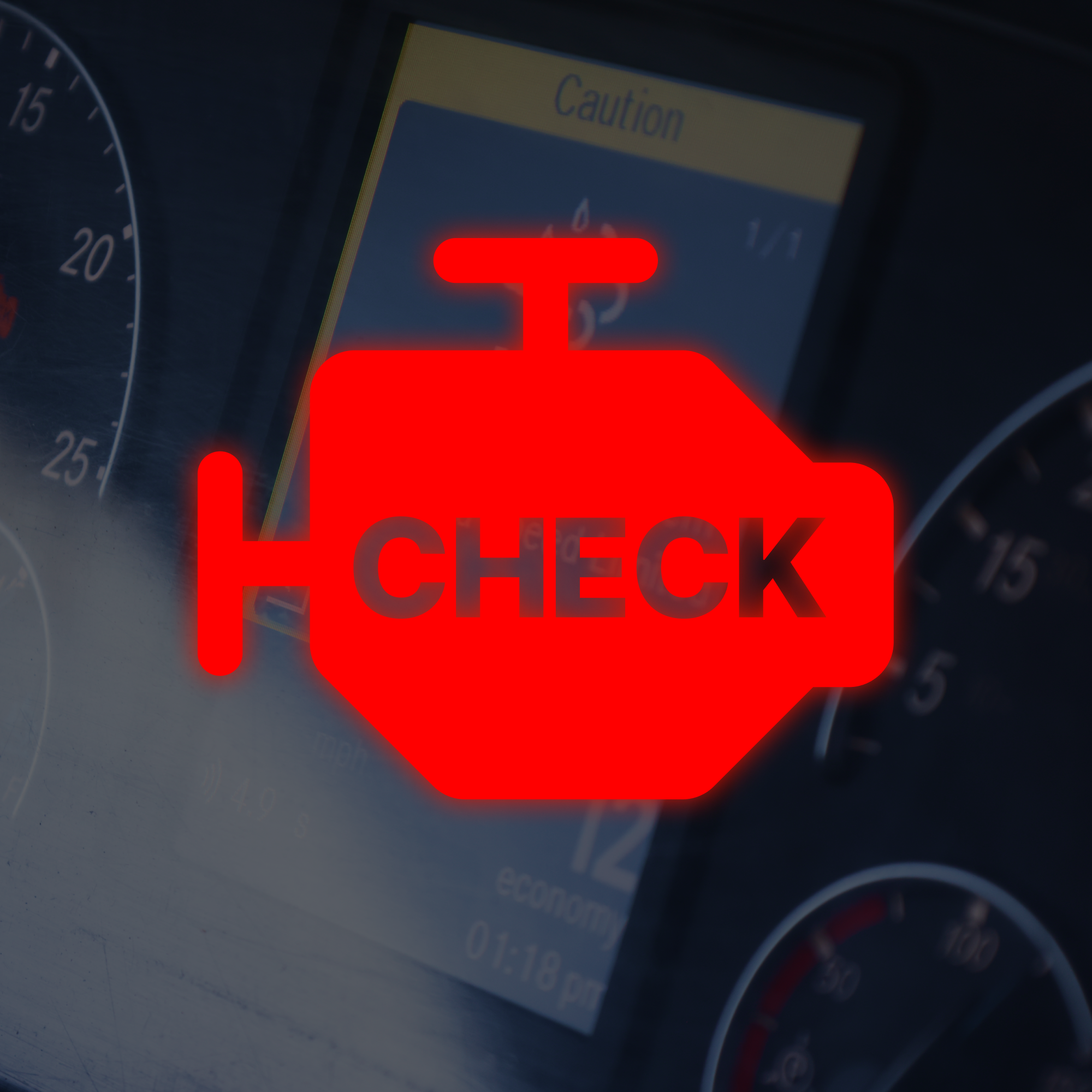What is a NOx sensor?
Many drivers over the years have run into issues with NOx sensors, leaving them wondering what it is and what role it plays in their aftertreatment systems. They are also known to be a common sensor to fail and contribute to poor fuel milage and high DEF consumption.
A NOx sensor is placed in exhaust systems to observe nitrogen oxide (NOx) levels in the exhaust. On most systems, there are usually two NOx sensors. There is one right after the exhaust manifold and the second after the selective catalytic reduction (SCR) system to monitor SCR efficiency.
Based on the readings collected by the ECU, it commands the amount of DEF to be injected into the exhaust stream.
What happens when NOx sensors fail?
When a NOx sensor fails, you may experience high DEF consumption, poor fuel economy, failed emissions tests and even engine derate. This is because diesel systems have a high emissions standard, due to them having the ability to send soot and heavy particles into the atmosphere as well as hydrocarbons. A NOx sensor usually fails because it gets covered in soot or absorbs moisture from the exhaust.
For a diesel to continue running in a clean way after a NOx sensor fails, the engine can do any of these things or a combination of all of them; run rich, increase DEF output, enter derate mode, flash your check engine or stop engine light. At this point you will need to find a dealer or pull over to make repairs.
Replacing a NOx sensor
Before you replace your NOx sensor, you should check for a few things, such as fault codes, physical damage on the sensor, and higher than normal DEF consumption. Generally, when a NOx code is illuminated it can mean a few different things.
Most of the time when a NOx sensor fails it will have a code that reads “circuit high” or “circuit open” and it will also designate either inlet or outlet NOx sensor to assist in diagnosing which one to replace.
Before beginning any work, make sure not to remove any protective packaging on your new sensor because NOx sensors are very sensitive to moisture, and this can lead to another fault code after repairs are complete.
The first step you will need to take is locating the faulty sensor by scanning your vehicle for fault codes or checking your on-board diagnostics screen (if equipped).
After identifying which sensor is having an issue, find it on the vehicle and remove it. Most professionals would recommend using a line wrench or similar open-ended wrench to remove the sensor. In some cases, the sensor may be stuck in its place. In that case spraying some penetrating liquid or WD-40 may help.
After unscrewing the sensor from the exhaust system, you will need to disconnect the module from the main harness, which is usually found on the inside of the frame under the vehicle.
Having completely removed the sensor, compare it to the new one to ensure you have the correct sensor.
When you are ready to install the new sensor, remove the protective packaging and install in reverse order of removal.
Happy NOx, Happy wallet
Keeping your vehicle running clean and efficiently is largely due to the information collected by the NOx sensors.
So the next time you see your check engine light come on, make sure to address it as soon as you can. This could be the difference between a quick sensor change to several hours down because of a pesky sensor.
Understanding the emission control system on your diesel vehicle is a struggle within itself. Hopefully, this explanation of this very crucial component will help you gain insight into increasing your vehicle’s longevity and stretching your bottom dollar.
Until next time! 👋
Stay safe, stay healthy & be blessed





Clogged DPF Filter Warning Signs
What is an OTR Reset Tool? (Explainer)